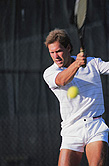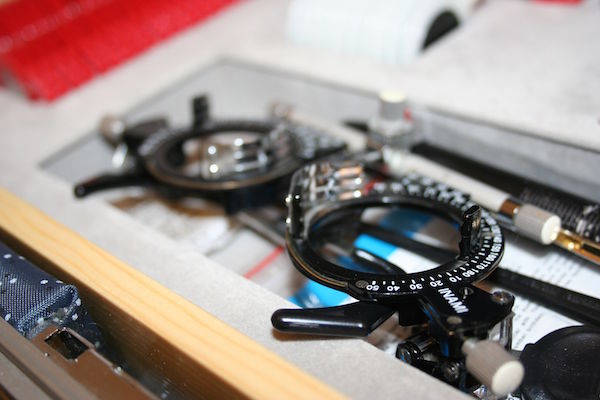
TUESDAY, Feb. 5 (HealthDay News) — A corticosteroid shot is a common treatment for “tennis elbow,” but a new study finds it might do more harm than good.
For people with tennis elbow — a painful condition related to overuse of the tendon in the elbow — more bad news emerged from the study: Combining physical therapy with a steroid shot was of no benefit over the long-term either.
“Patients having steroid injections should be warned of the potential for recurrence three to 12 months after the injection, even after feeling any benefit in the short term,” said senior study author Bill Vicenzino, chairman of sports physiotherapy at the University of Queensland in St. Lucia, Australia.
Recurrences are usually put down to the fact that patients feel better after the injection and then do too much too soon, Vicenzino said.
To avoid this, physical therapy may be recommended post-injection to moderate the return to full activity through strengthening exercises, he explained.
“However, the steroid injection produced higher recurrence rates than did a placebo injection, indicating that the actual steroid medication is likely the reason for the high recurrence rates,” not the early return to activity, Vicenzino said.
In the long term, the steroid injection was significantly less beneficial than the placebo injection, even with physical therapy, he said.
Dr. Marc Kowalsky, an orthopedic surgeon at Lenox Hill Hospital in New York City, wasn’t surprised by the corticosteroid findings. “We have been skeptical for a significant amount of time about the utility of cortisone injections for tennis elbow, because it is really not an inflammatory condition, so it wouldn’t make sense that a cortisone injection would work,” he said.
But the finding that physical therapy was ineffective did come as a surprise, he said. “Most of us believe there is a role for physical therapy in the treatment of tennis elbow,” Kowalsky said.
Although the study found physical therapy combined with injection was not particularly helpful, the authors said physical therapy alone should not be ruled out completely as it provided short-term relief, the lowest recurrence rates and much improvement or recovery after a year.
The real message of this study is that the best way to treat tennis elbow isn’t known, Kowalsky said. “We really don’t know how to treat these patients if they don’t respond to physical therapy.”
For the study, published in the Feb. 6 issue of the Journal of the American Medical Association, Vicenzino’s team randomly assigned 165 patients with tennis elbow to one of four treatments: a steroid injection; a placebo injection; a steroid injection and physical therapy, or a placebo injection and physical therapy. Patients had about eight weekly therapy sessions, on average.
After a year, the investigators found that 83 percent of those who had a steroid injection had a complete recovery or were much improved, compared with 96 percent of those who had the placebo injection.
Moreover, 54 percent of those who got the steroid injection had a recurrence of tennis elbow, compared with only 12 percent of those given the placebo, the researchers said.
No significant differences in recovery or recurrence were noted between those who had physical therapy and those who didn’t.
Nor was there a significant difference between patients who got the steroid shot alone compared to patients who got the injection plus physical therapy.
“Our findings did not support the commonly held view that any recurrence or delayed healing effect following corticosteroid injection can be remedied by moderating loads and a program of physiotherapy,” Vicenzino said.
Another expert agrees steroid injections don’t help tennis elbow. Instead, Dr. Andrew Rokito, chief of shoulder and elbow surgery at NYU Langone Medical Center in New York City, said he believes the best medicine is giving the elbow time to heal.
“We discourage patients from cortisone,” Rokito said. “While it may give them a very short-term benefit, overall it doesn’t help.”
Tennis elbow is a repetitive activity injury, Rokito said. “The best thing for patients to do is rest from the offending activity.”
More information
For more information on tennis elbow, visit the U.S. National Library of Medicine.

